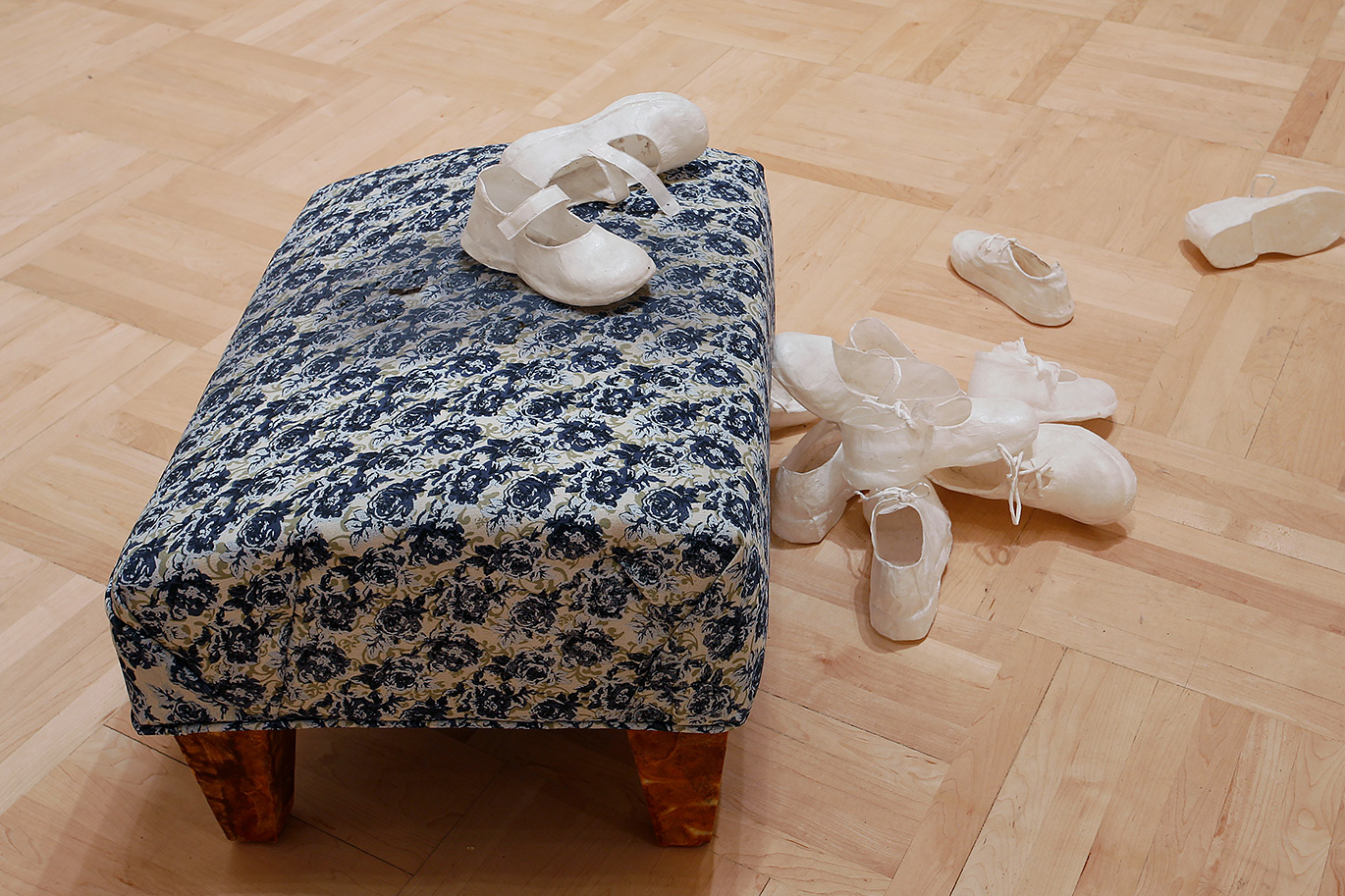Mondrian and the International Avant-Garde
- Autumn 2019
Syllabus Description:
Piet Mondrian and the International Avant-Garde
Tue/Th 1:30-3:20pm Art 229
Instructor: Marek Wieczorek, 355 Art Building
Office hours: F 11:45am-1:15pm and by appointment
Piet Mondrian (1872-1944) was one of the great pioneers of abstract painting. His peculiar brand of abstraction, which he called “Neoplasticism,” is unmistakable for its use of straight lines, right angles, and primary colors, yet the meaning of Neoplasticism, the role of Mondrian’s extensive writings, and his influence among his peers in the international avant-garde are still subjects of debate. This upper division lecture course examines Mondrian’s paintings, environments, and writings, beginning with his early, naturalistic phase and interest in idealist philosophy (Hegelianism) and esoteric theories (Theosophy), and following his path into abstraction and his signature-style, “neoplastic” works, culminating in his studio environment, which was meant to portend a visionary new world. We will study Mondrian’s art in relation to his utopian theories and compare his work and ideas also to other pioneers of abstraction as well as his peers in the Dutch avant-garde group “De Stijl,” of which he was a co-founder. Artists within De Stijl, such as Theo van Doesburg, Gerrit Rietveld, and Georges Vantongerloo, all responded directly to Mondrian's work. International artists and teachers at the famous Bauhaus art school, but also artists working independently in the 1920s and 30s, such as Kurt Schwitters, Lazar El Lissitzky, Katarzyna Kobro, and Wladislaw Strzeminski, looked at Mondrian paintings and environments and likewise extended their artistic practice into the built environment, often by experimenting first in their own studios or homes. The class will emphasize the aesthetic, social, and political qualities of these works, the visionary potential their practice had, and its effect on contemporaries and viewers, even artists today. The work of a select group of contemporary artists with similar concerns will therefore also be examined.
Beyond traditional art historical methods of stylistic analysis or iconography, Mondrian’s art calls for an interdisciplinary approach, involving history, (post-)structuralism, aesthetics, color theory, and idealist philosophy. It provokes profound questions about the nature and purpose of art, questions that were picked up by the artists mentioned above. We will situate Mondrian’s invention of abstraction at the historical junction of important developments in structural linguistics and reappraisals of Goethe and German idealism, as well as look at the stakes in a reevaluation of his work.
Grading:
Exam: 30 %
Paper: 50 %
Participation: up to 20 %
A minimum of a 60 % score is required to pass the course.
Learning Outcomes of the Course
- You will gain familiarity with the development of Mondrian’s oeuvre, but also explore certain key aspects of abstract art in the Western tradition and with some of the themes that have structured scholarly inquiry into this tradition.
- You will become familiar with the development of various forms of abstraction among the historical Avant-Gardes and with the ways they responded to a broader call to make art relevant to society and the environment at large, often by responding to Mondrian’s work.
- You will learn the elements of visual analysis of abstract painting (and some sculpture and architecture), and develop your skills at communicating visual analysis in discussion and writing.
- You will gain exposure to some of the ways in which art historical scholarship relates abstract art objects to historical context.



